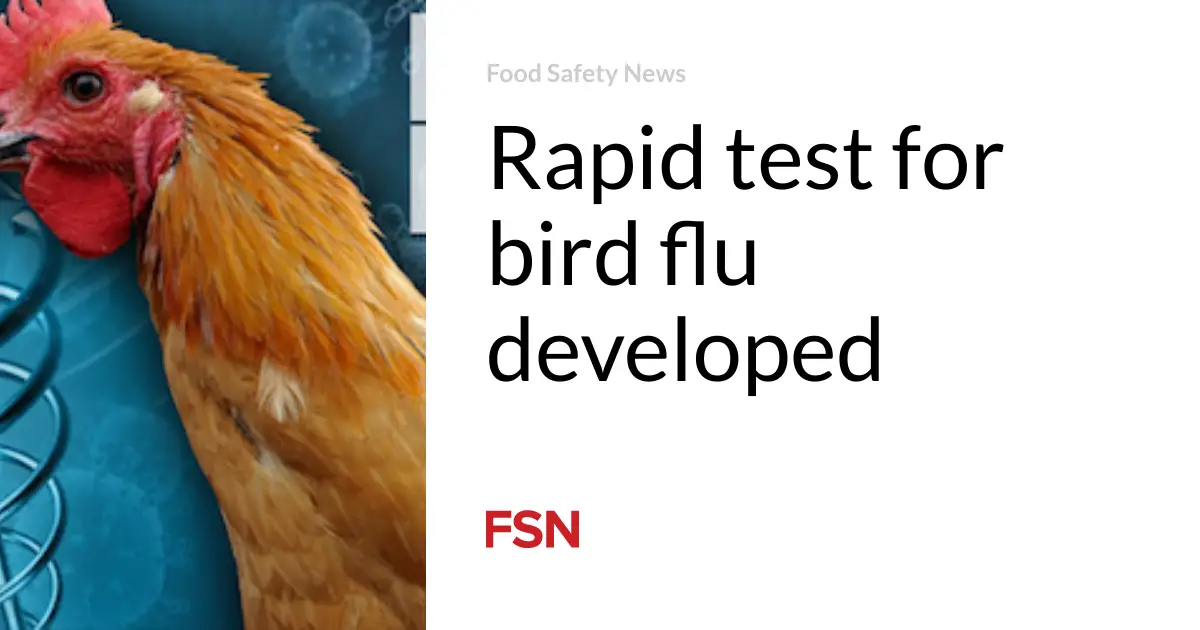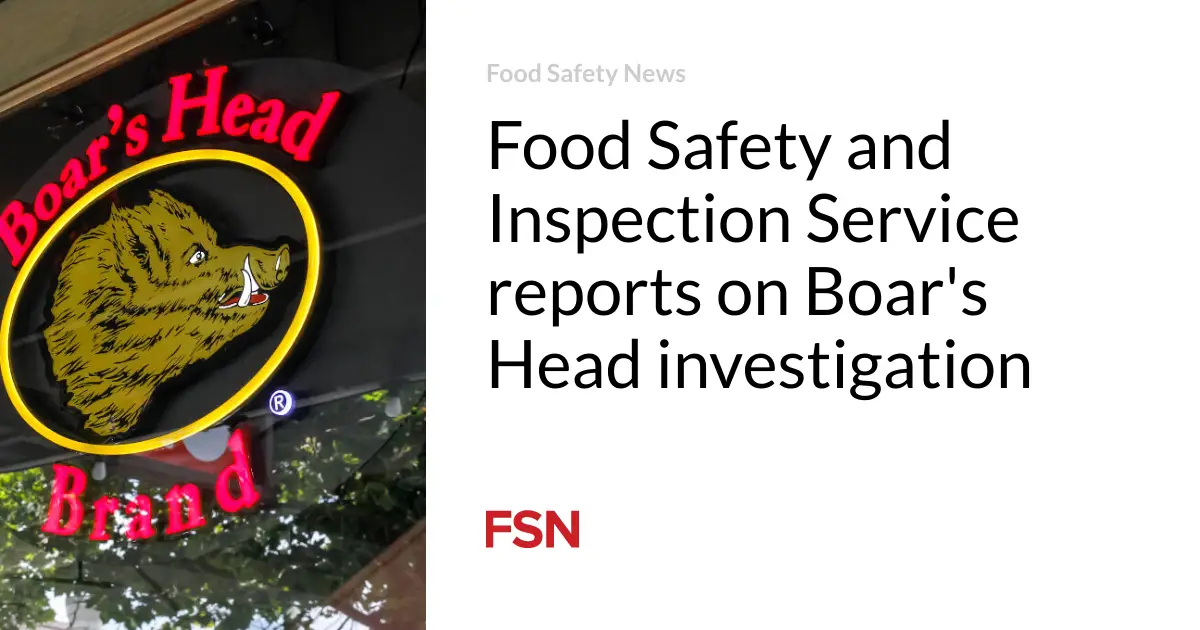
A rapid Avian influenza molecular test, detecting the latest H5N1 variants in cattle and the recent human inflections in Colorado, is now available to fight bird flu.
The rapid test is the latest scientific advancement against bird flu and comes from Alveo Technologies Inc., a leader in molecular sensing and diagnostics with a proprietary technology platform.
Alveo has announced that it has demonstrated in silico that its rapid, handheld, point-of-need molecular diagnostic for avian influenza can detect the H5N1 variant based on sequences published from recent human infections in Colorado and those found in infected cattle.
On July 15 and 16, GISAID (the Global Initiative on Sharing All Influenza Data database) released the genetic sequence of the H5N1 viruses that recently infected one of the dairy farm workers in Colorado.
GISAID noted a “mammalian adaptation marker (E627K) in one of the farm workers.” The method of transmission among cattle remains unknown, but the implications are concerning. Cattle may be shedding a mammalian-adapted virus that could be reintroduced to commercial poultry, or selection pressures drive the virus toward mammalian adaptation.
In either case, the ongoing outbreak among cattle increases the risk that H5N1 will gain the ability to spread efficiently among humans.
The UK Health Security Agency released a report in May that stated, “The baseline risk of influenza A(H5N1) evolving to cause human transmission before the current cattle outbreak was previously considered to be a remote chance (0-5 percent).
“There is consensus that this risk has now increased. However, with current limited information, we cannot resolve the risk further, and it may fall at highly unlikely (10-20 percent) or unlikely (25-35 percent).”
Alveo sees testing as a critical component in the fight against emerging infectious diseases, and recent outbreaks highlight the urgent need to increase testing capacity for both animals and humans for avian influenza.
Alveo conducted silico analysis using their previously developed Avian influenza A subtype H5 LAMP designs on recently reported human and bovine sequences obtained from GISAID. Results show that Alveo H5 designs concord with all 12 reported emerging influenza A subtype H5 sequences. This suggests that the LAMP Avian influenza assay can detect all 12 reported sequences belonging to clade 4.3.4.4b, H5N1, including human variants.
Alveo expects the Flockscreen LAMP Avian Influenza Molecular Test for poultry, the first diagnostic of its kind to test both cloacal and oropharyngeal samples and which the company developed with numerous partners, to begin shipping to Europe and the Middle East in the third quarter of 2024 once validation and verification activities have concluded with the relevant regulatory bodies. The company is now working to validate avian influenza diagnostics for human and bovine use cases.
“Avian influenza has already caused enormous damage to the poultry industry and has devastated populations of wild birds,” said Shaun Holt, CEO of Alveo Technologies. “We still have time to prevent H5N1 from evolving further into a dangerous virus that spreads efficiently among people, but to do so, we need fast, precision diagnostics for both humans and animals. Alveo’s portable and rugged, rapid molecular testing platform can fill this gap, providing accurate results to supplement limited lab resources and capacity. Given the urgent need, we have been relentless concerning the time and resources we’ve devoted to developing our H5N1 test; we’ve also partnered with industry leaders, allowing access to countless field samples of the virus to confirm sensitivity and specificity for the real world. These initial results, indicating we can detect the virus in cattle and humans in addition to poultry, are confirmation of our rigor in the product development process and are very much aligned with our strategic positioning at the intersection of human, animal, and food health.”
Alveo is the first company to make molecular detection and diagnostics universally accessible – on the farm, in the field, in the clinic, or in the manufacturing plant – helping prevent or significantly limit the destructive impact of viruses, fungi, bacteria, and other pathogens with early detection.
(To sign up for a free subscription to Food Safety News, click here.)







